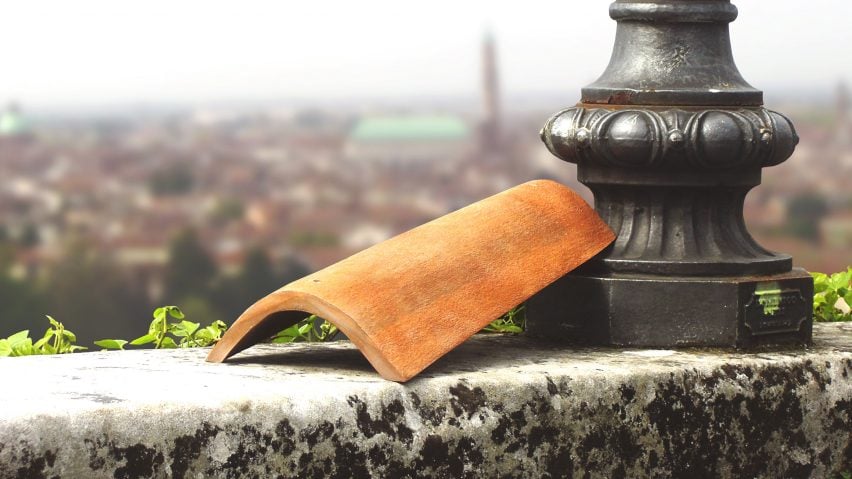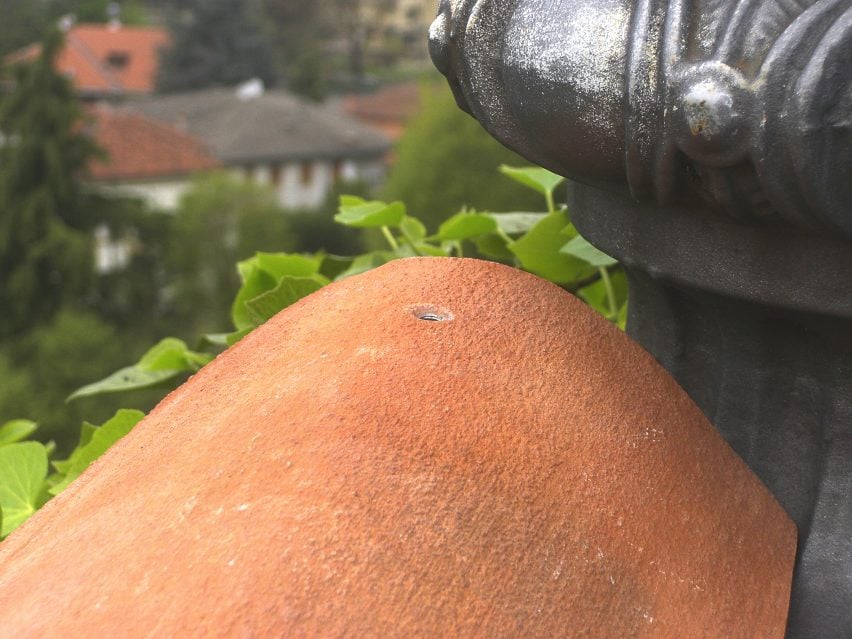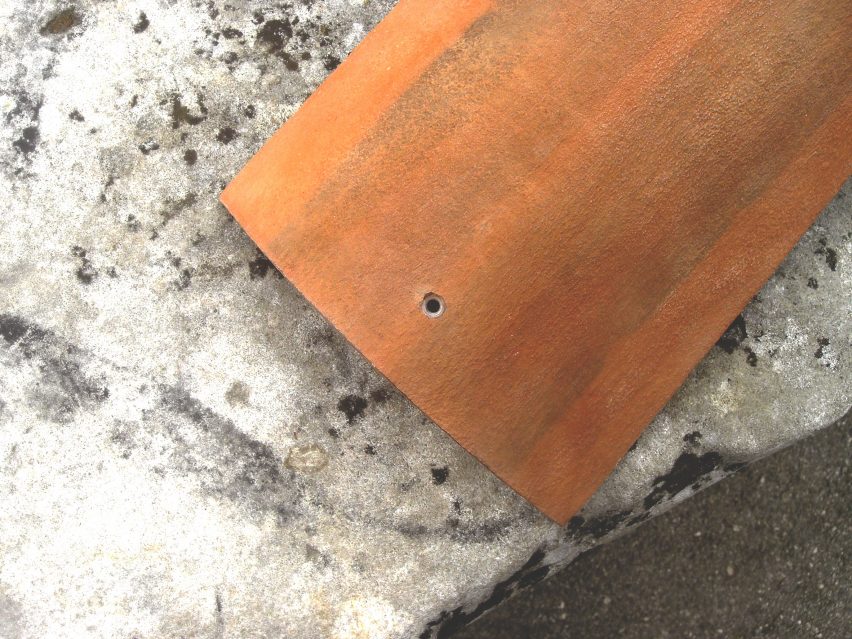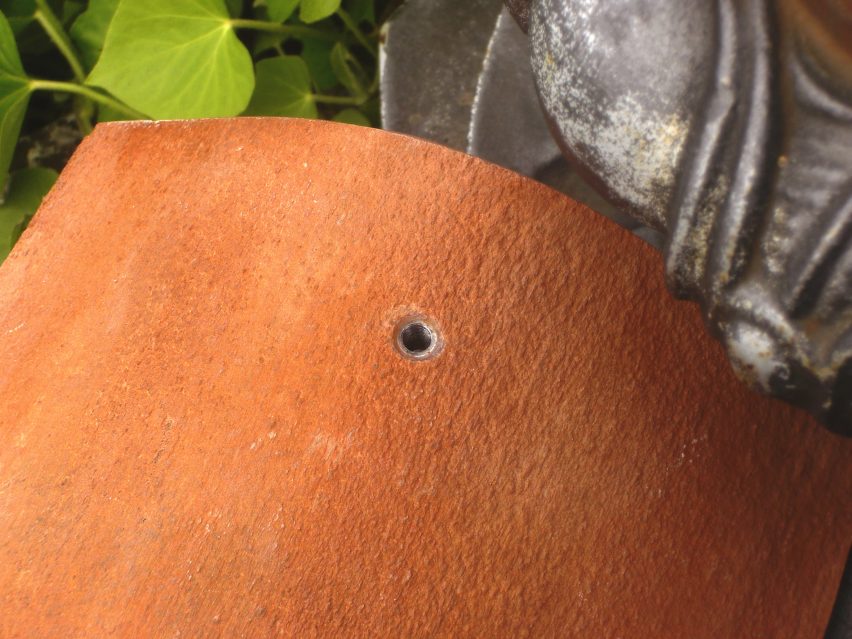
Invisible solar panels "finally allow cultural heritage to access solar energy"
Italian company Dyaqua, which has developed a way to produce solar panels so that they resemble the barrel clay tiles common on the roofs of buildings in Italy, has said the technology is important for the sustainable redevelopment of historical sites.
Called Invisible Solar, the panels were developed by lighting company Dyaqua and have seen growing interest due to growing concerns with heritage buildings.
The panels consist of common monocrystalline silicon cells that are placed underneath ceramic housing and made from "non-toxic" materials.

The ceramics have been modified in order to appear opaque to human eyes while still allowing sun rays to pass through and power the cell.
"We specifically designed Invisible Solar to finally allow cultural heritage to access solar energy, where traditional solar panels and other BIPV are not allowed to be installed because of their high visual impact," said spokesperson Elisa Quagliato.
"In fact, archaeological sites and usual heritage buildings have a high energy consumption. Therefore, solar energy is very important to lower the environmental impact of these beautiful places and support them in spreading culture," she continued.
"The interest in Invisible Solar is constantly increasing since it answers a specific issue of all heritage building owners."

Every component of the manufactured-to-order panels is meant to be recyclable, and the company has said that they are "artisan made", so the panels have minor differences between each one, adding to the "classic" look.
Invisible Panels can also be used for siding or for pavement and were designed to be functional as well, providing surface protection akin to typical housing tiles. The company also said that the photocatalytic properties of the ceramic housing allow the tiles to self-clean.
Dyaqua said it aims to make the panels sustainable.
"Our goal is to create functional and sustainable products, both from ecological and aesthetic point of view," said the brand. "In fact, we use non-toxic and recyclable materials while our products are designed to keep the aesthetic features of buildings or places where they are installed."
The company did not mention if the photovoltaic elements themselves were recyclable.
The panels can also "withstand a high static load" and the company stated that they have been tested against chemical solvents and other "atmospheric agents".

Each panel weighs about two kilograms and has a peak power of 7.5 watt peak (Wp), an expression of its peak energy capacity. Meant to be used on new structures as well as for the replacement of old tile, the system can be applied to a variety of building types.
The tiles were prototyped for years before being launched in 2016. In 2018 as a power method for the Pompeii Archeological Park through its Smart Archaeological Park programme, which attempted to integrate sustainable technologies into the archaeological site.
"Invisible Solar was chosen to be installed in Pompeii for its total integration - both architectural and aesthetical – to the roof covering and its power efficiency," said Quagliato.
"The project aim is to turn Pompeii into the first smart archaeological park, creating an international reference model for other cultural heritage sites."
Quagliato also said that the company is experimenting with similar systems using different materials like wood, stone and concrete.
Other novel uses for solar power include Britain's Water-Filled Glass, which uses windows filled with water in order to passively heat and cool buildings, as well as Samuel Wilkinson's solar tree-like structure meant to harvest solar energy.